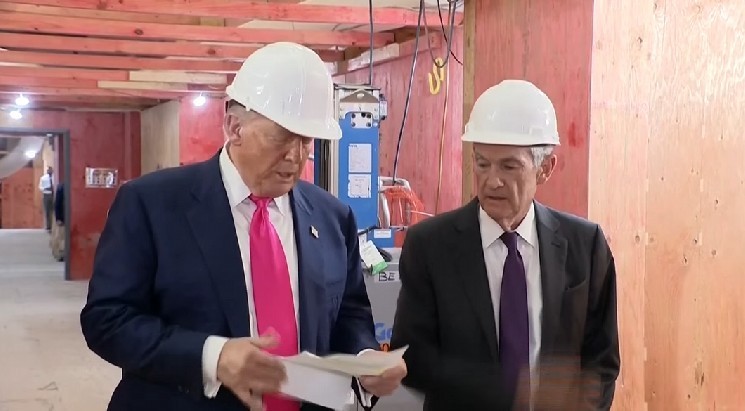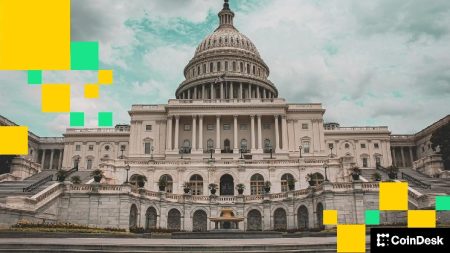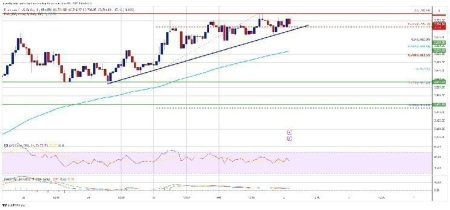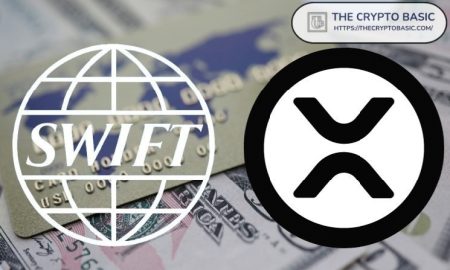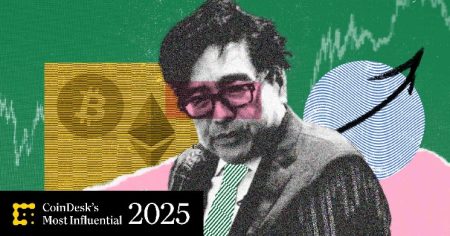Trump Escalates Criticism of Fed Chair Powell, Touts Economic Vision
Former President Takes Aim at Federal Reserve Leadership While Championing His Economic Record
In a series of pointed remarks that have captured nationwide attention, former President Donald Trump has significantly intensified his criticism of Federal Reserve Chairman Jerome Powell, while simultaneously contrasting his economic vision with that of the Biden administration. Trump’s comments represent his most direct attack yet on the Federal Reserve’s leadership, raising questions about central bank independence and economic policy direction should he return to office.
Fed Chair Powell Becomes Target of Trump’s Sharpened Rhetoric
Former President Trump unleashed unprecedented criticism toward Federal Reserve Chair Jerome Powell in his latest public statements, revealing he had considered removing Powell from his position during his administration. “It’s grossly incompetent,” Trump declared, specifically targeting what he characterized as excessive spending at the Federal Reserve. “They’re spending $4 billion building buildings,” he continued, before drawing a comparison to his own construction experiences. “My new White House banquet hall project will be much larger and much cheaper.”
Trump’s criticism extended beyond infrastructure spending to monetary policy decisions, arguing that “interest rates are unnecessarily high,” suggesting that Powell’s leadership has been detrimental to economic growth. In perhaps his most remarkable statement, the former president suggested taking legal action, saying “we should sue Powell for the Fed’s construction costs.” This represents a significant escalation in rhetoric toward the central bank leader, who was originally nominated by Trump himself in 2017. Financial analysts note that presidential criticism of the Federal Reserve has historically been rare and carefully measured, as markets typically react negatively to perceived threats to central bank independence.
Economic Critique Centers on Government Growth Under Biden Administration
Turning his attention to the current administration’s economic record, Trump characterized the composition of jobs under President Biden as “unhealthy,” particularly focusing on public sector expansion. “One in four new jobs has been created in the federal government,” Trump claimed, using this statistic to support his broader argument that “government has become overextended, and that’s alarming for the country.” This critique aligns with traditional Republican economic philosophy favoring limited government involvement and private sector leadership in job creation.
Despite his criticism of the current administration, Trump offered some positive assessments of the economic landscape, pointing to inflation metrics as evidence of improvement. He highlighted that core inflation has fallen below 2.7% since he left office, though economic data presents a more complex picture. The former president’s selective focus on certain economic indicators while omitting others reflects the ongoing political battle over which administration deserves credit for positive economic developments and who should bear responsibility for persistent challenges like housing affordability and consumer price pressures in specific sectors.
Semiconductor Strategy and Global Competition Take Center Stage
In addressing America’s technological future, Trump expressed reservation about major U.S. investments in semiconductor production with international partners, suggesting a preference for domestically-controlled initiatives. Nevertheless, he projected ambitious goals for the sector, arguing that capturing “40-50% of the global chip market is possible if the right steps are taken.” This statement comes as the semiconductor industry has become a focal point in U.S.-China competition and as the Biden administration implements the CHIPS and Science Act, which allocates billions toward domestic semiconductor manufacturing.
Trump’s comments reflect the bipartisan consensus that has emerged regarding the strategic importance of semiconductor production, though his approach suggests a more nationalistic economic strategy than the partnership-oriented approach of the current administration. Industry experts note that achieving such dominant market share would require not just significant investment but also addressing complex challenges in talent development, supply chain resilience, and international trade relationships that have evolved over decades of globalization.
Trump Highlights Market Performance and Wage Growth as Economic Achievements
Drawing attention to market performance during his presidency and following his recent nomination, Trump claimed the stock market “has broken records 46 times in the nine months since his election,” which he characterized as injecting “unprecedented energy” into the American economy. He further asserted that “workers’ wages are also experiencing their fastest growth in 60 years,” attempting to counter criticisms that his economic policies primarily benefited investors rather than working Americans.
The former president explicitly contrasted his economic philosophy with the Biden administration’s approach, stating “the right approach behind this is not to expand federal employment, but to strengthen the private sector.” This statement encapsulates Trump’s economic worldview, which prioritizes deregulation, tax incentives for businesses, and private sector growth as the primary engines of prosperity. Economic historians note that wage growth statistics require careful contextual analysis, as they can be influenced by numerous factors including pandemic recovery effects, demographic shifts, minimum wage increases at state levels, and changes in workforce composition across different sectors of the economy.
As financial markets and voters alike process these statements, analysts emphasize the importance of distinguishing between campaign rhetoric and implementable policy. The unprecedented nature of a former president so directly criticizing a sitting Federal Reserve chair—whom he appointed—while campaigning to return to office creates new uncertainties in an already complex economic landscape. Whether these comments signal genuine policy intentions or represent campaign positioning remains a critical question for investors, business leaders, and citizens attempting to navigate America’s economic future.
This article is not intended as investment advice.





